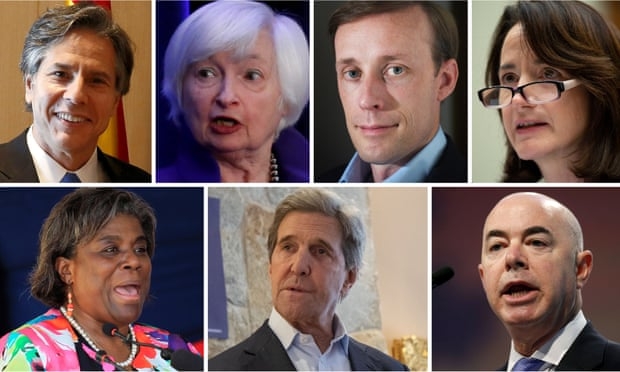Biden Administration accelerates process of puting Harriet Tubman's image on $20 bills
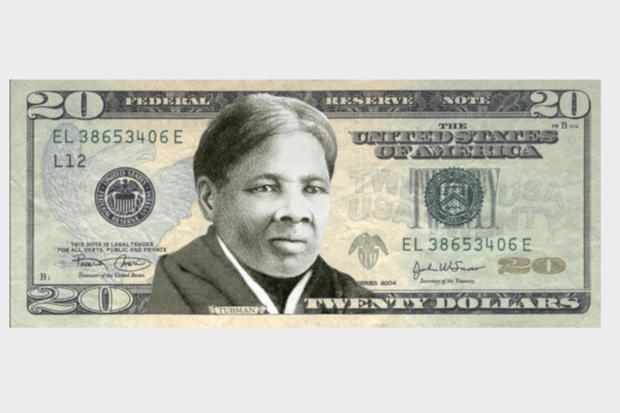 |
| Photo: CBSnews |
"The Treasury Department is taking steps to resume efforts to put Harriet Tubman on the front of the new $20 notes," said White House Press Secretary Jen Psaki on Monday. "It's important that our notes, our money … reflect the history and diversity of our country and Harriet Tubman's image gracing the new $20 note would certainly reflect that."
In a statement provided to CBS News, a Treasury Department spokesperson echoed those remarks, calling Tubman a "role model for leadership and participation in our democracy."
The renewed effort comes after former Treasury Secretary Steve Mnuchin announced nearly two years ago that the redesign proposed under former President Obama would not happen under the Trump administration. Mnuchin said it was a "nonpolitical situation," and the primary reason was to prevent counterfeit money. At the time, Mnuchin suggested changing the way the bill looked would not come up again until 2026, and it would not be circulated until 2028.
Senator Jeanne Shaheen of New Hampshire, who had been championing the effort to put women on money since it was proposed by the Obama administration in 2015, said at the time that the postponement was "unacceptable."
"I've led efforts in the Senate for years to get this done," Shaheen tweeted Monday after the White House said efforts would move forward. "The Trump admin dragged their feet w/o explanation. Ready to help the Biden admin see this through so we can finally give Harriet Tubman the honor & recognition she long deserves."
Senate Majority Leader Chuck Schumer on Monday also applauded the move.
"I'm glad the Biden administration is reversing the Trump administration's foot-dragging," Schumer said on the Senate floor. "This is the kind of things they did. No excuse, no reason, just didn't do it."
In May 2016, former Treasury Secretary Jack Lew announced Tubman would be featured on the front of the $20, replacing President Andrew Jackson. Jackson would then be featured on the back of the bill along with an image of the White House. The announcement came after a 10-month period when the Treasury Department solicited feedback on who should grace the notes.
There are several elements that could cause the redesign to take some time, especially given the $20 notes' high circulation among consumers. Security features to protect against counterfeiting are a factor in the timing. A high-speed printing facility is needed to meet production standards. And there needs to be time to test the new features, CBS News reported.
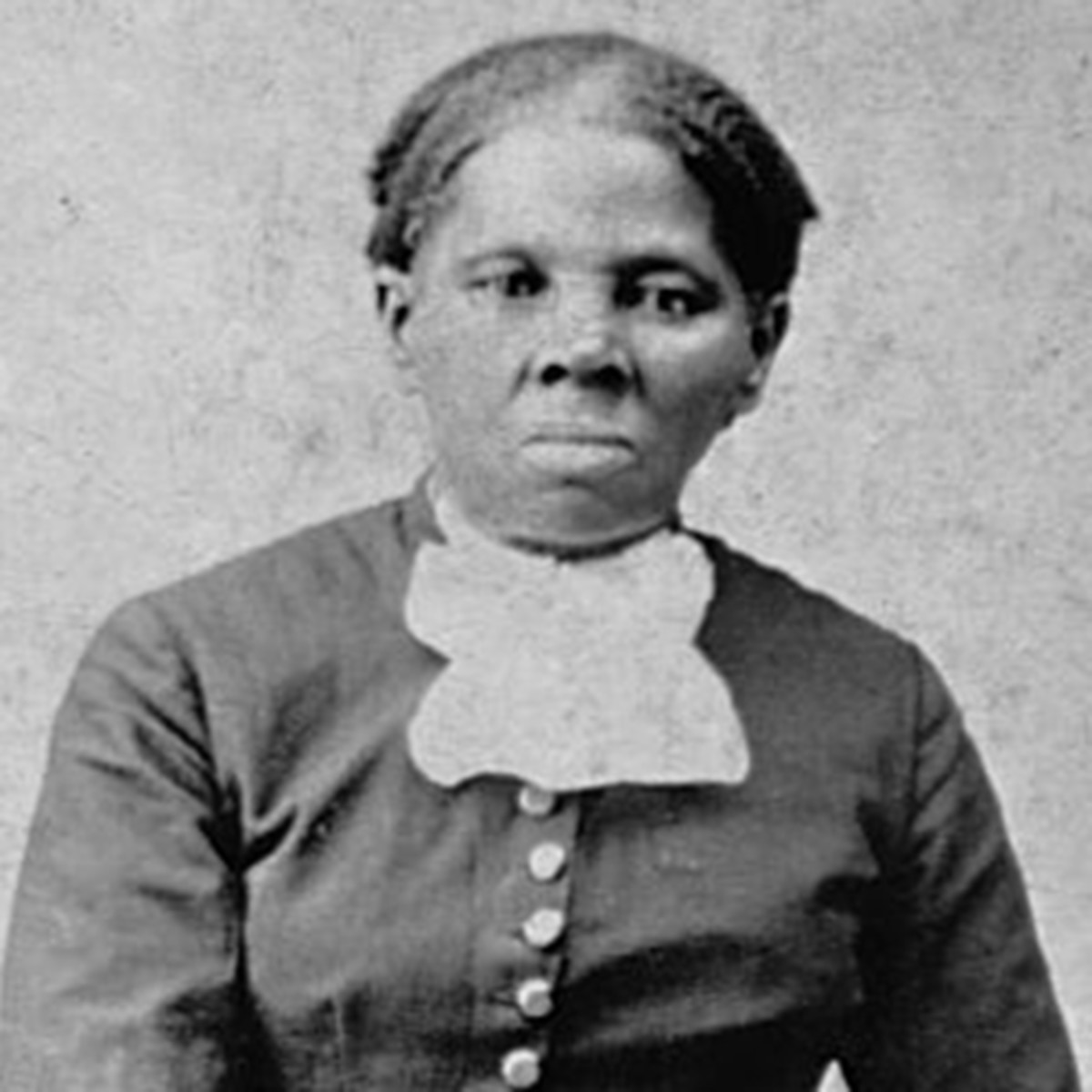 |
| Photo: biography.com |
Who was Harriet Tubman?
Tubman was born Araminta "Minty" Ross in the early 1820s in Dorchester County, Maryland. She was enslaved at a young age and began working the field harvesting flax at age 13.
She escaped when she was around 27 years old, and she returned to Maryland about 13 times to rescue as many as 70 enslaved people through the Underground Railroad, a network of escape routes and safe houses organized by Black and white abolitionists. Abolitionists were those who sought to abolish the institution of slavery, through petitions, boycotts, speeches, literature and some advocated violent means, according to UsNews.
Tubman claimed she never lost a passenger.
If she had been caught, she would've faced physical punishment and been sold back into slavery in the Deep South due to the 1850 Fugitive Slave Law.
Why is Harriet Tubman going on the $20 bill?
Obama launched the effort to get Tubman on the $20 bill in 2014 after receiving a letter from a girl from Massachusetts saying women should appear on currency. Obama called it "a pretty good idea."
His Treasury secretary, Jacob Lew, asked for public comment about who should be added. In April 2016, Obama announced that Tubman would be replacing Andrew Jackson on the $20 and that Jackson would be moved into a scene of the White House on the reverse side.
Jackson, the nation's seventh president, owned 95 enslaved people months before he became president, and brought 14 of them to the White House.
For years, critics have called for Jackson to be removed from the $20 bill because of his legacy of supporting the institution of slavery and his role in the forced, violent transfer of tens of thousands of Native Americans from the South on what became known as the Trail of Tears.
 |
| Supporters rally outside the U.S. Treasury Department in 2019 to demand that American abolitionist Harriet Tubman's image be put on the $20 bill. Photo: Chip Somodevilla/Getty Images |
Why was the Harriet Tubman $20 bill delayed?
The new design was initially scheduled for 2020, but stalled under President Trump, who called the move "pure political correctness," and said at the time that Jackson "had a great history.” He suggested Tubman could be put on the $2 bill instead.
In 2019, Treasury Secretary Steve Mnuchin said the department needed to focus first on adding anti-counterfeiting steps and "security features." He told Congress that changes to the images on currency would not occur until 2026.
Trump's critics saw Mnuchin’s move as part of what they said was Trump’s affinity toward Andrew Jackson.
Trump has long alluded to Jackson as one of his favorite presidents and selected a painting of Jackson to be displayed in the Oval Office, which Biden recently removed. During a visit to Tennessee in 2017, Trump toured the Hermitage, laid a wreath at Jackson's tomb and called him the "people's president."
Rep. Bonnie Watson Coleman, a New Jersey Democrat who co-chaired the Congressional Caucus on Black Women and Girls, called it a “basic pattern of bias and hate" of the Trump administration.
News of the delay sparked the release of a debit card that bears her image and drew attention to an ink stamp that replaced Andrew Jackson's face on a $20 bill with Tubman's likeness.
Who ends up on bills?
The last time a portrait on a bill was changed was in 1929 when Alexander Hamilton was placed on the front of the $10 bill, replacing Jackson. Jackson was elevated to the $20 bill in 1928, replacing Grover Cleveland.
By law, no living person can be on a bill, and the secretary of the Treasury is given the authority over the design of bills, which includes the portrait. The only portrait the secretary is legally required to print on a bill is George Washington, on the $1 bill.
No women or people of color have ever been pictured on a denomination of currency still in circulation, though $1 coins have previously been issued featuring Susan B. Anthony, a pioneer of the women's suffrage movement, and Sacagawea, the Shoshone woman who accompanied Lewis and Clark on their expedition across the Louisiana Territory.
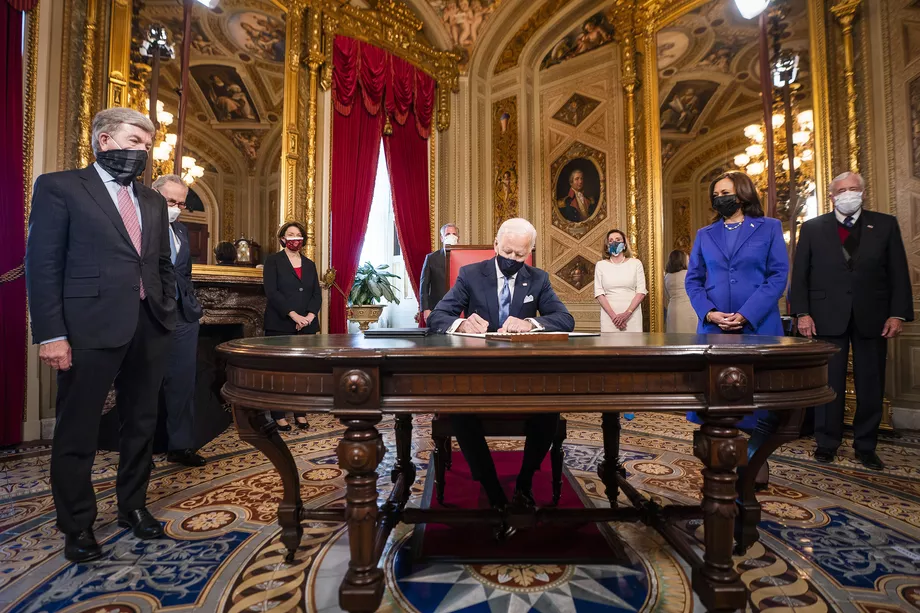 List of Biden’s Executive Orders and Directives - Latest Updates List of Biden’s Executive Orders and Directives - Latest Updates Biden’s Executive Orders and Directives: On the first day of taking office, President Joe Biden signed 17 executive orders and directives ranging from directing the ... |
 Who is Marty Walsh - Secretary of Labor: Biography, Personal Life and Career Who is Marty Walsh - Secretary of Labor: Biography, Personal Life and Career On January 7, 2021, President-elect Joe Biden selected Walsh to serve as the United States Secretary of Labor in his upcoming administration. Read this article ... |
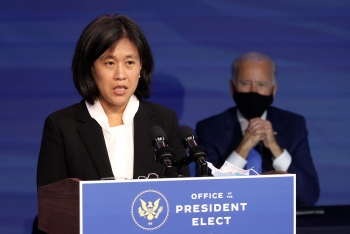 Who is Katherine Tai - U.S. Trade Representative: Profile, Personal Life and Career Who is Katherine Tai - U.S. Trade Representative: Profile, Personal Life and Career Katherine Tai who is the chief trade lawyer for the House Ways and Means Committee will be the President-elect Biden's appointee for U.S. Trade Representative. ... |
 Who is Lloyd Austin - Secretary of Defense: Biography, Career and Personal Life Who is Lloyd Austin - Secretary of Defense: Biography, Career and Personal Life President-elect Joe Biden has chosen Retired Gen. Lloyd Austin to lead the Pentagon. In order to know more about this leader, Knowinsiders would introduce readers ... |


